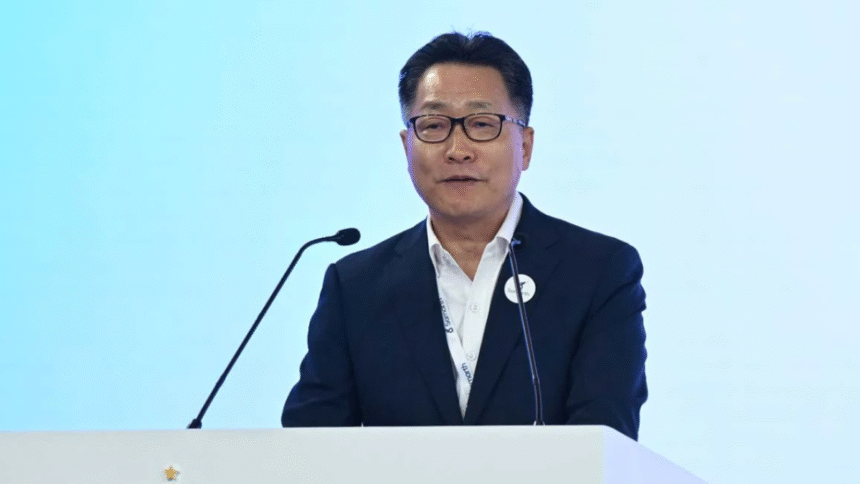New Delhi: India’s automobile sector is undergoing a major transition, with a future pathway being defined by green fuels and sustainable technology. With the goal of freeing the country from pollution and dependence on fossil fuels, the government and industry are collaborating to create a transportation system that is environmentally friendly and ready for the future.
Unsoo Kim, the Managing Director (MD) of Hyundai Motor India, recently emphasized this shift, stating that the future of India’s mobility will be based on sustainable technology and green fuels. According to him, this is not limited to just Electric Vehicles (EVs) but requires a comprehensive approach that simultaneously promotes multiple options like hydrogen fuel-cell and flex-fuel technologies.
Government Policies and Industry’s Response
The Government of India is implementing several key initiatives to accelerate this transformation. Through schemes like PM E-DRIVE and FAME, subsidies are being provided for the purchase of electric vehicles. Concurrently, the Production-Linked Incentive (PLI) scheme is promoting the domestic manufacturing of batteries and other components. The government aims for electric vehicles to constitute 30% of total vehicle sales by 2030.
In response, leading automobile companies like Hyundai are not only launching new electric models but are also strengthening the charging infrastructure. Hyundai has planned to install fast-charging stations across the country, and the company’s Chennai plant is on track to achieve its 100% renewable energy (RE100) target by the end of this year.
Thinking Beyond Electric Vehicles
Experts believe that a single solution is not sufficient for a vast and diverse country like India. Therefore, the industry is working on a multi-dimensional strategy:
- Hydrogen Fuel-Cell: This is considered an excellent option for long-distance trucks and buses. The technology emits only water and can play a crucial role in decarbonizing heavy vehicles.
- Flex-Fuel: Vehicles running on biofuels like ethanol can boost the rural economy and reduce crude oil imports. The government is aiming for a 20% ethanol blend in petrol by 2025-26.
- Urban Air and Micro-Mobility: To tackle traffic congestion in future cities, companies are also researching Urban Air Mobility (air taxis) and micro-mobility solutions for last-mile connectivity.
The Path Forward and Challenges
While the direction is clear, this path also has several challenges, such as expanding the charging infrastructure, reducing battery costs, and increasing public awareness. A strong partnership between the government and the private sector is essential to overcome these hurdles.
Overall, India stands at a juncture where, with the right policies, technological innovation, and collective efforts, it can not only achieve its carbon emission targets but also present a model of sustainable transportation for the world.















